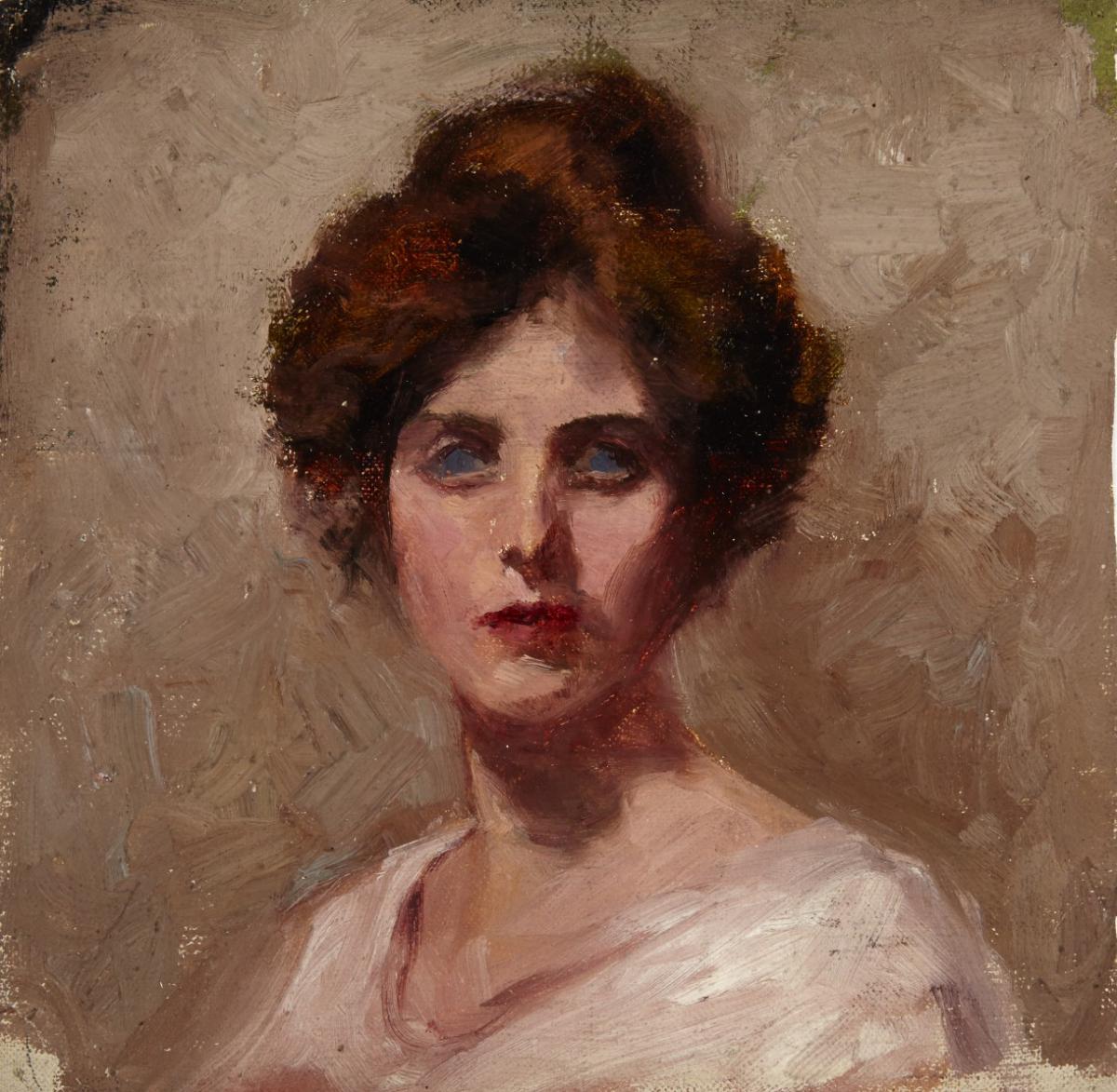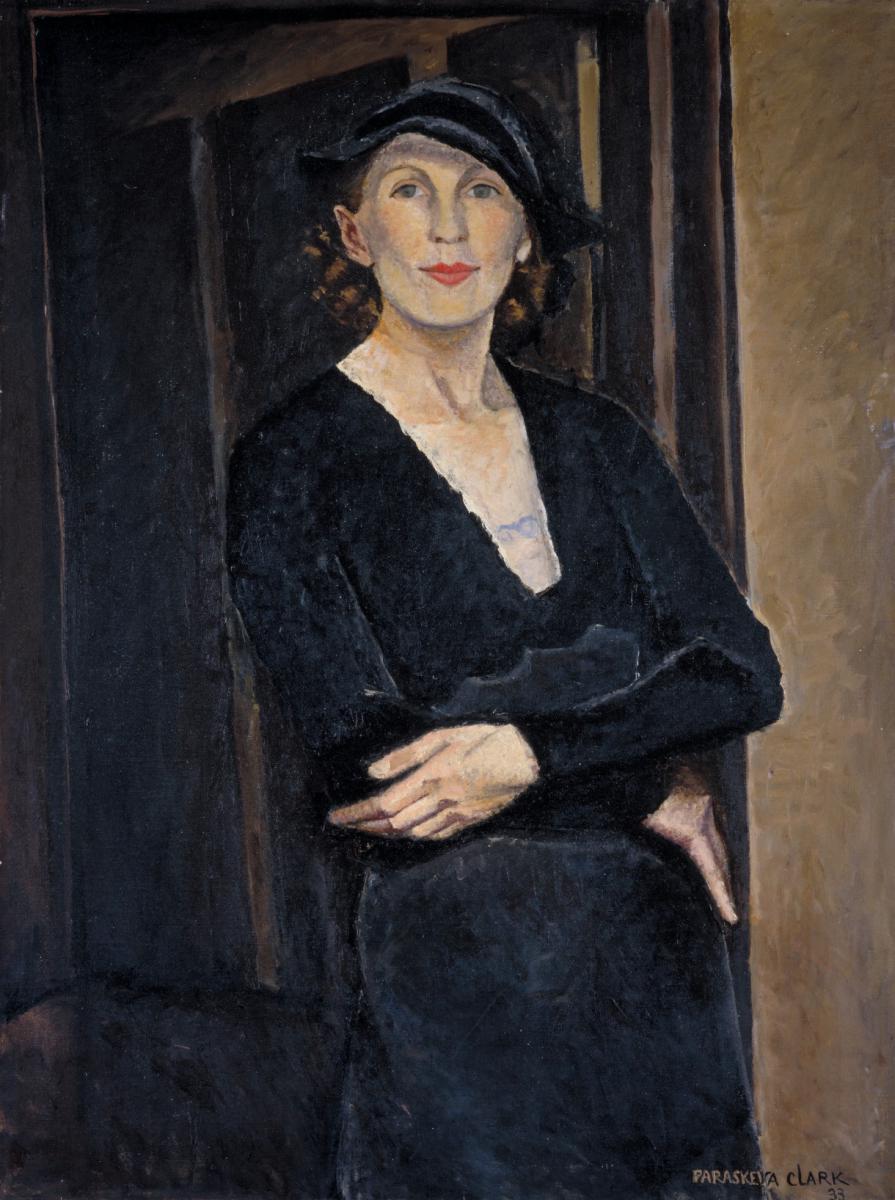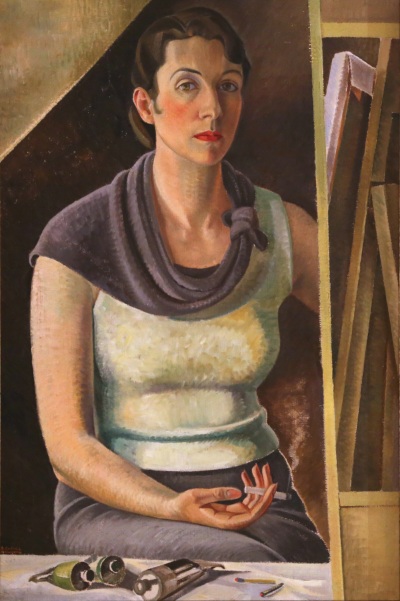Making themselves the subjects
May 7, 2015
Share

When The Artist Herself: Self-Portraits by Canadian Historical Women Artists opens at the Agnes Etherington Art Centre (the Agnes) on May 8, it will not only showcase the art of 42 women artists who produced work from the late 18th century through until the mid-1960s – it will also pay tribute to an exhibition that made history 40 years ago.
With The Artist Herself, co-curators Alicia Boutilier, Curator of Canadian Historical Art at the Agnes, and Tobi Bruce of the Art Gallery of Hamiltion set out to mark the anniversary of From Women’s Eyes: Women Painters in Canada, an exhibition unveiled at the Agnes in 1975.
“It was really the first exhibition to look at the history of women’s art production in Canada,” says Ms. Boutilier, “and it’s now recognized as a landmark exhibition for Canadian feminist art history.”

Rather than merely mounting a broad follow-up exhibit on women’s art, however, Ms. Boutilier and Ms. Bruce chose to refine their focus on looking exclusively at women’s self-portraits.
“There have been many international exhibitions on the subject, but there has never been a project to focus on women’s self-portraits in Canada,” explains Ms. Boutilier.
Instead of just assembling a collection of self-portraits, the curators decided to expand their definition of what it means for an artist to depict herself in her work. While the exhibition includes more traditional self-portraits, including the 1933 painting Myself, in which the artist, Paraskeva Clark, leans jauntily in a door frame, it also includes less conventional depictions, including an early self-portrait by Emily Carr, in which she depicts herself standing at an easel from the back, and a mid-1930s painting by Pegi Nicol MacLeod in which only the artist’s torso and hand are visible.
The exhibition includes needlework ‘samplers’ that would have been created by young colonial women who were honing their domestic skills, because, as Ms. Boutilier explains, each one includes an element of individuality and tells you something about the woman who created it. It also includes two costumes – an “Indian princess” costume and a Victorian-era dress worn by Pauline Johnson, a 19th-century poet of Mohawk and British heritage, when she was performing her poetry for settler audiences.

“She would perform her dual identity,” says Ms. Boutilier. “She used the performances as a way to educate her audiences on the atrocities indigenous people were facing.”
The exhibition is designed to take the visitor on a meandering path designed to elicit questions. “It is not intended to be a comprehensive history or retrospective,” she explains. “We really are proposing possibilities. We want people to think ‘what makes this a self-portrait’?”
The exhibition concludes with a portrait by Inuit artist Pitseolak Ashoona, in which the artist is depicted with a friend, both women holding up drawings.
“It is a clear depiction of the artist as an artist,” says Ms. Boutilier. “Women in art history have so often been the object with the male artist as the subject. For a woman to depict herself as the artist is a powerful assertion of her own identity."
The Artist Herself: Self-Portraits by Canadian Historical Women Artists runs from May 2 – August 9, 2015 at the Agnes Etherington Art Centre. Also on-view is I’m Not Myself At All: Deirdre Logue and Allyson Mitchell, an exploration of sexual identity and domesticity curated by Sarah E. K. Smith, and Vanitas: Margaret Lock, an exhibition of prints by the long-time Kingston artist, curated by Sunny Kerr
For more information, visit the Agnes Etherington Art Centre's website